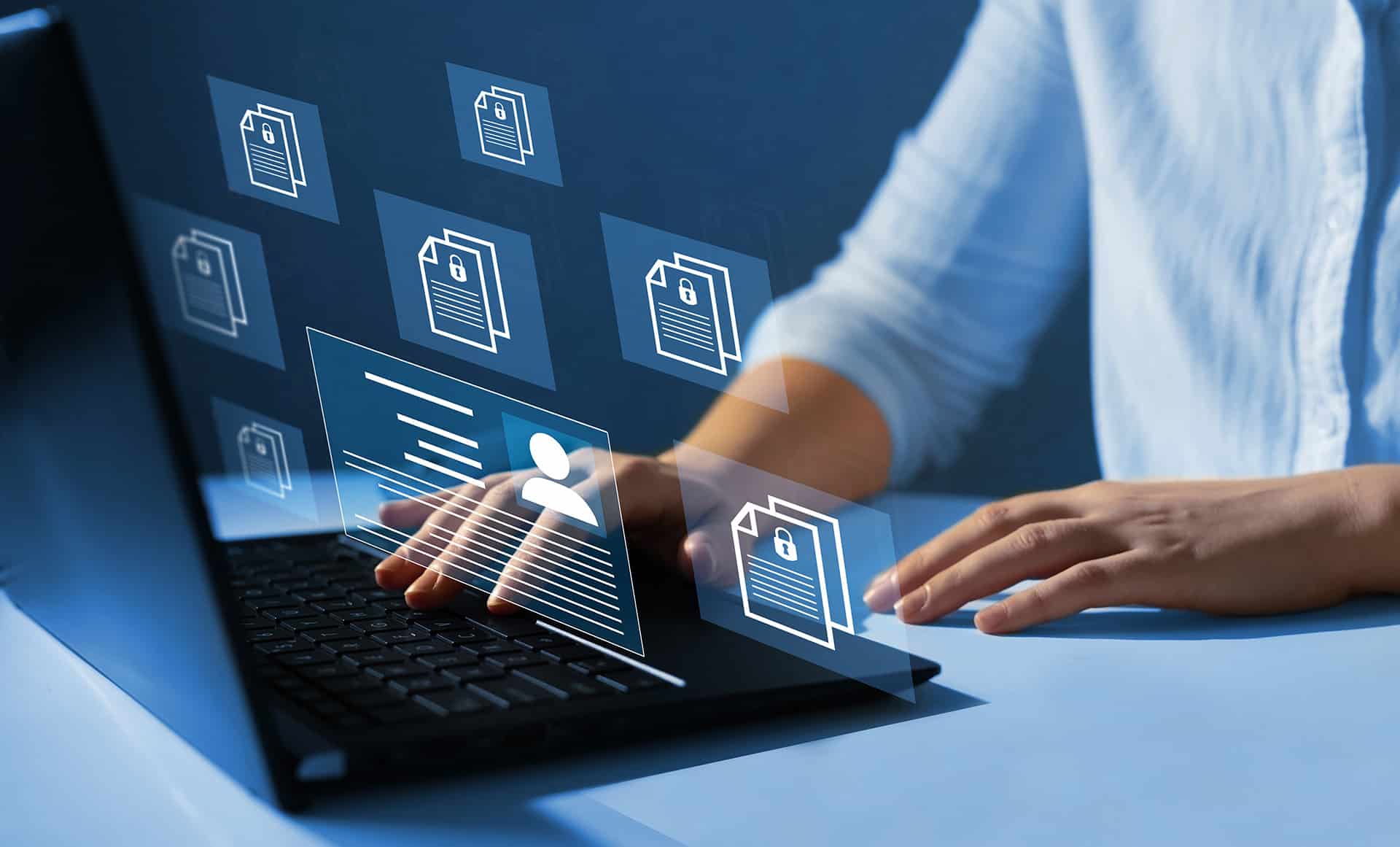No matter what you use your computer for, there are many reasons why you may need to hide your files on your Windows 10 desktop. You could want to hide important files to keep them hidden on a shared computer, or maybe you want to try to prevent anyone from accidentally deleting important files. Or you can hide them to clear the distracting clutter on your desktop. The files you keep on your computer may be essential for you to keep, but if you want to find a better way to organize them, you need to make some changes so they aren’t in the open all the time.
Windows 10 has built-in functionality that allows you to hide specific folders from view. You can hide your files from view but easily be able to access them all while keeping an organized desktop. If you’re looking to optimize security, you will need to take a little more in-depth path to ensure your files are securely hidden from prying eyes. You can work with IT professionals at 4 Corner IT to learn about file security.
Hide Your Files from View in Windows 10
Hiding a file from view is more about keeping an organized desktop than security. It’s a personal preference setting that allows you to clean up your desktop and any other folders as you see fit. The setting is easily reversible, so when you need to quickly regain access to those files you’ve hidden on your desktop, it’s a simple task that anyone with any knowledge of folder settings can manage.
You first need to open your File Explorer and find the File you want to hide to hide your folders. Once you have located your File, right-click on it and select Properties. The Documents Properties window will open on the General tab, where you can review the file settings. If you look towards the bottom of the window, you will see a checkbox next to the word Hidden. When you check the box, it will hide your files from view. This setting does not secure the File. It makes it so that you will not be able to see the File on your desktop any longer.
When you are ready to access any of your hidden files or remove them from the hidden view, open your File Explorer and select the View menu at the top of the window. In the menu items beneath the tab, there is a checkbox next to the word Hidden. When you check this box, you will be able to see all of your hidden items. You can use the above steps to remove your files from the hidden view.
For more comprehensive security measures and tips, we recommend contacting the technicians at 4 Corner IT. With us on your side, you’ll have nothing to fear from hackers or other cybercriminals stealing your data. To learn more, reach out to us at (954) 474-2204.






